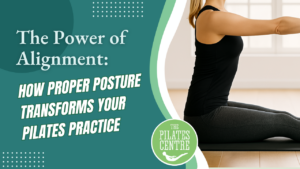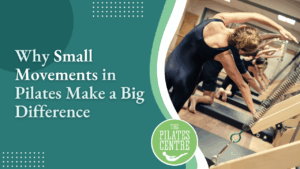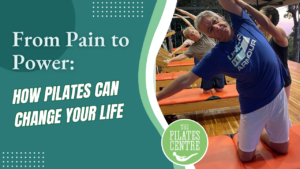Introduction:
Walking is one activity that can be done every day and does not require anything other than your shoes, motivation, and a little bit of time. This can be an activity that you enjoy by listening to some music, walking home from work, going for a walk with your family, or taking your dog for a walk. While walking might not feel like much, a regular amount of it each week has amazing benefits, including improving sleep, mood, general well-being, muscle strength, joints, and decreasing risks of heart disease.
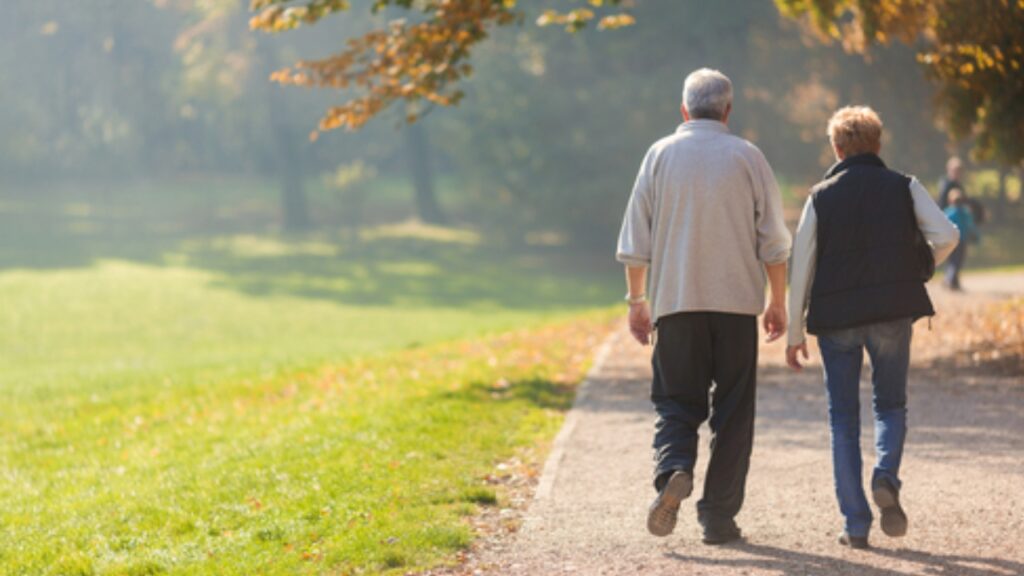
See below our top tips on ways of improving stability and balance for walking, which will reduce the risks of injuries and falls as well as assist you in achieving your walking and fitness goals.
Stability Exercises for Walking
The exercises listed below will not only help strengthen the legs, hip, and core muscles but also train your body to respond better to balance, which will improve your walking stability.
1. Step Ups
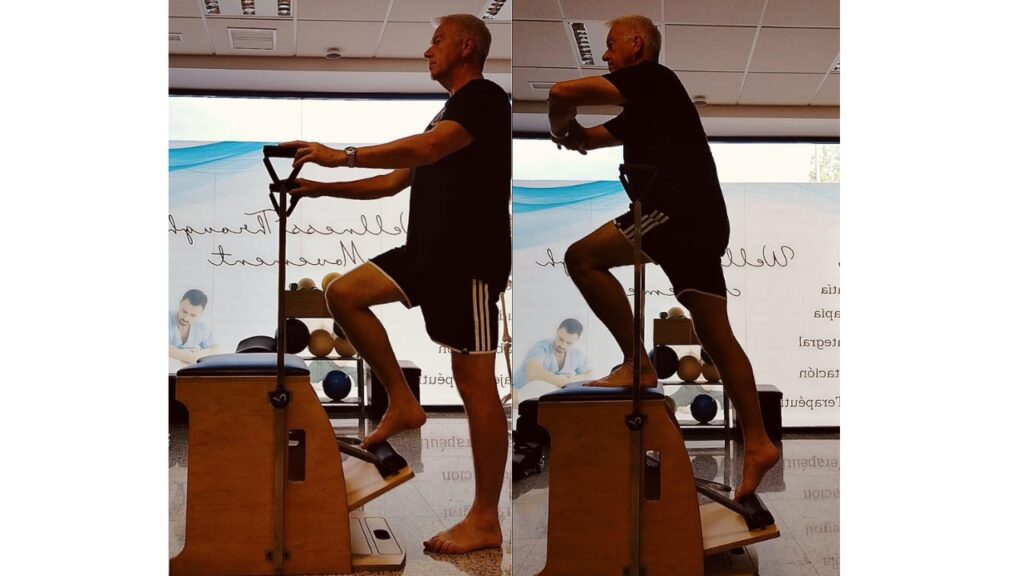
Find a stair of manageable height. Place your whole foot on the stair and push through your heel as you step up. Then slowly lower. In the Pilates studio we use the High Chair to help with stepping up. You can step up and raise the opposite knee to include some balance. Repeat this 10 times and then alternate to your left foot.
2. Bosu Balance

To improve stability through your feet and ankles, try doing some balancing exercises on unstable surfaces. You can start with carpet or grass, then progress to a BOSU. Try in a double hip-width stance, then progress to heel-toe, and finally to single-leg balances.
3. Heel-to-Toe Walking
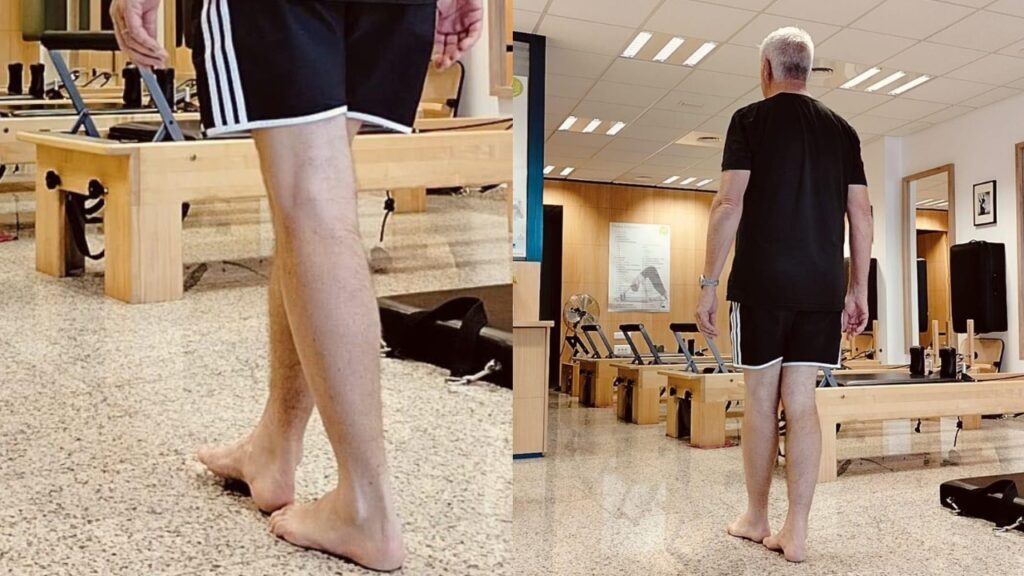
Put your right foot in front of your left foot, ensuring that the heel of your right foot touches the top of the toes on the left foot.
4. Walking on an Incline
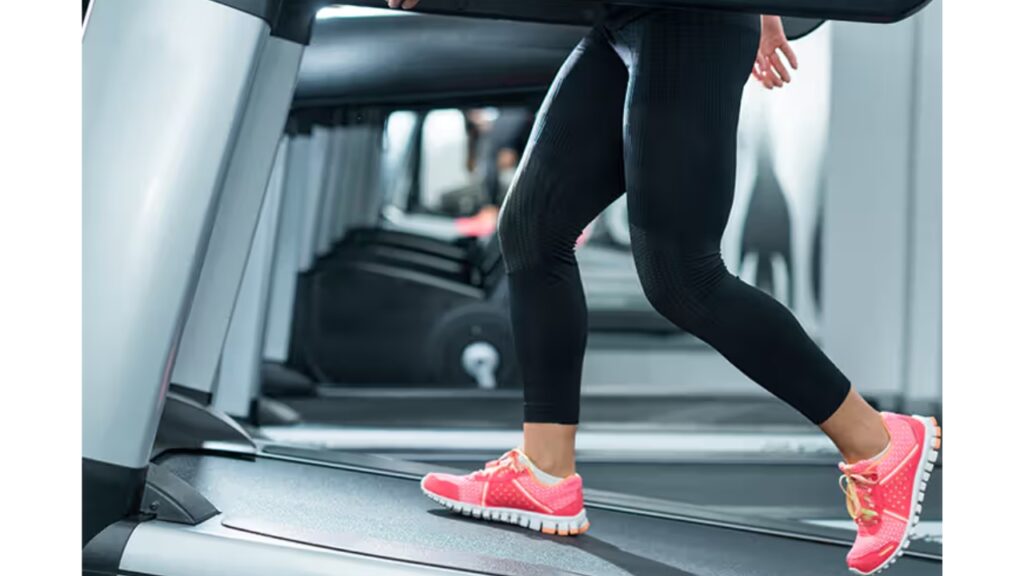
This can be achieved by using a treadmill and raising the incline or walking up a hill or footpath with an incline. To increase balance progression, try walking on the treadmill without holding and vice versa if you need more assistance.
5. Side Kicks
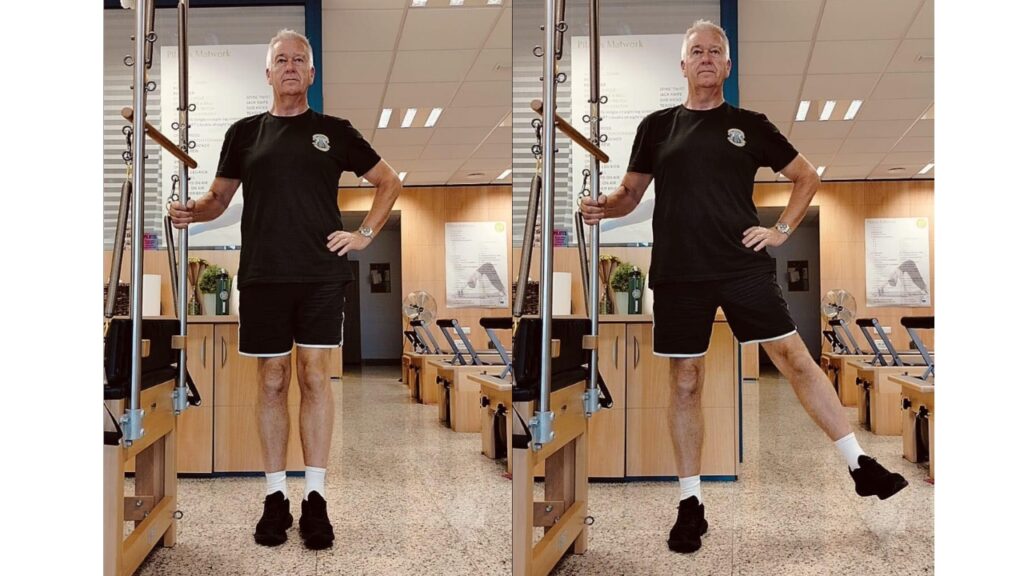
Start by lying on the left side of your body or standing holding on to something steady. Keeping your hip straight, gently lift your right leg up to 45 degrees and then slowly return. Try and isolate the movement to the hip and keep from your hips up still. Repeat this ten times and then switch to the right side of your body and repeat this with your left leg.
6. Tendon Stretch
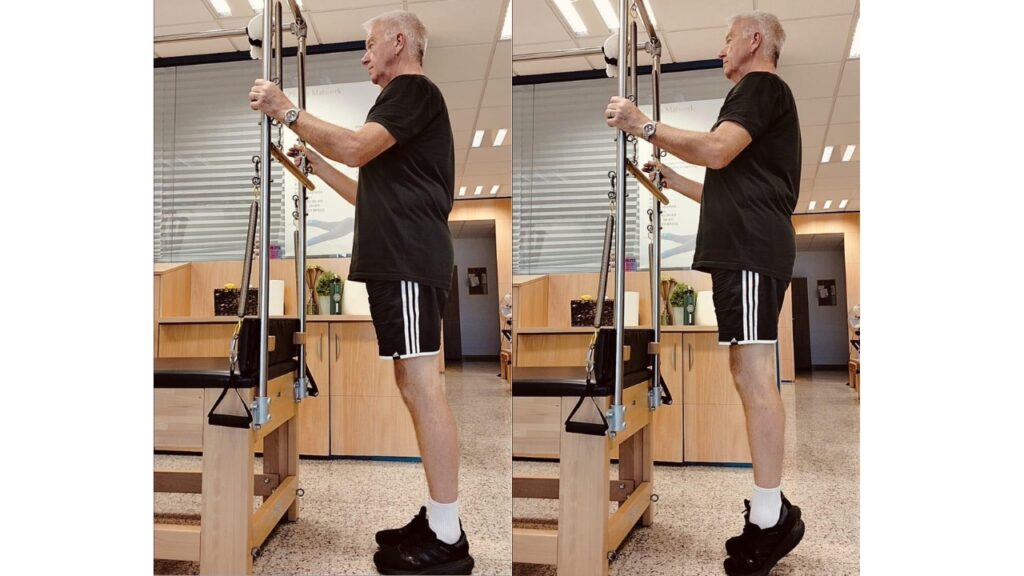
Standing on both feet, lift up onto your toes and then slowly bring your heels back to the ground and repeat. Ensure that you don’t fall out or roll in throughout the movement.
7. Sitting to Standing
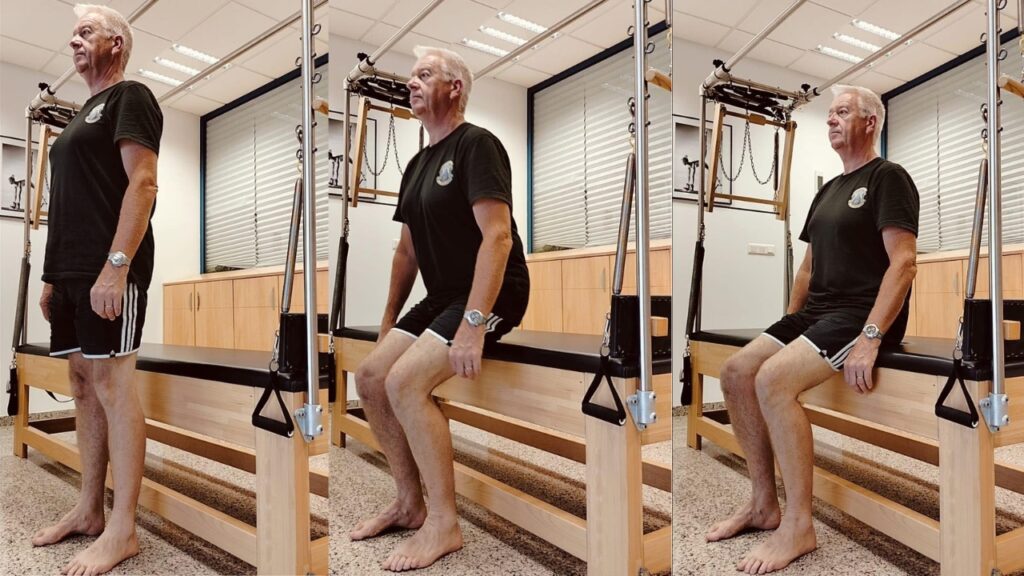
Sit in the middle of the chair or something steady but towards the front. Place your feet flat on the ground, hip-width apart. When ready, push through your heels and stand to a complete upright position and then slowly sit on the chair or tap your bottom and repeat.
8. Bridges
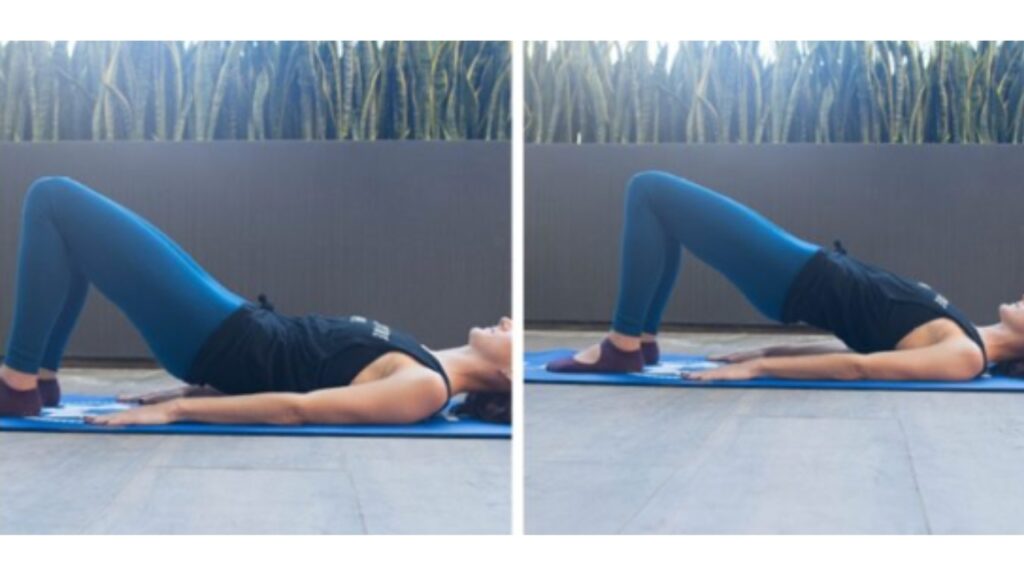
Lay on your back and have your knees bent with your feet flat on the ground. Lay your arms flat on the ground either side of you, keeping your hips straight and finding the natural curve in your spine. Push through your heels and lift into a bridge position, hold for a few seconds, and bring yourself back down to the ground and repeat.
9. Group Exercises for Improving Balance
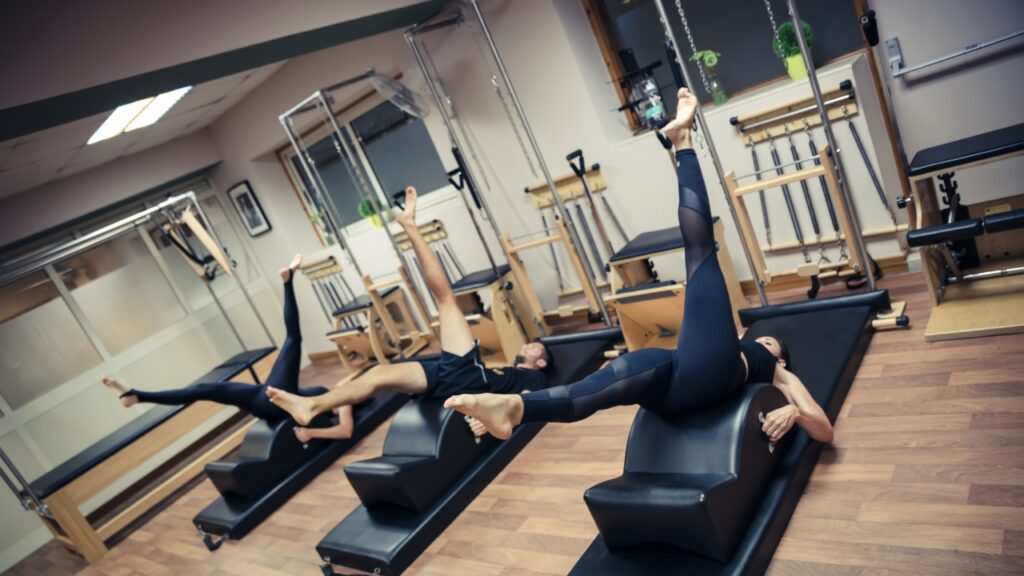
If you want to improve your walking stability and balance in a group setting, Pilates classes would be the most beneficial. These classes focus on flexibility, balance, and muscle strengthening as well as reducing stress and improving general well-being.
Pilates

Pilates focuses on improving flexibility and balance whilst strengthening core and lower back muscles, and enhancing overall well-being. Pilates on apparatus improves your gait and helps you develop a much better stance as you are walking. It improves your range of motion and helps release joint tension and muscle stiffness. It also aids in the relaxation of the shoulders, neck, and back which tend to fire up for some people, especially in climbs. Pilates is the go-to Rehab program recommended by doctors.
Conclusion:
Walking is simple, enjoyable, and highly effective for chronic disease management and prevention. By incorporating it into social meet-ups, commuting, and some time on your own, you can easily squeeze some walking into your day. The guidelines for cardiovascular exercise are 3-5 hours per week, so try starting with 20-30 minutes each day and gradually increasing. Ensure to accompany your walking program with stretching and strength exercises for longevity. Disease prevention and management is all about daily habits and a healthy lifestyle.
Need some extra motivation? Visit our Pilates Centre studio at Ave. Joanot Martorell. No 6y7. Jalon. If you’re interested in doing Pilates to improve your walking steadiness, please email info@pilatescentre.es or call +34 610 30 60 05.

John McCallum
is an esteemed, Fully Certified Comprehensive Classical Pilates Teacher and takes immense pride as the proprietor of the distinguished Pilates Centre located in Jalon, Spain. His remarkable journey in the realm of Pilates commenced back in 2006, a pivotal juncture when he confronted the diagnosis of three slipped discs in his lower back. Pilates emerged as a beacon of profound hope and rejuvenation in his life. Instead of succumbing to the prospect of surgical intervention, Pilates gracefully assumed the role of his lifeline.
This transformative experience impelled him to make a resolute decision that would reshape his life’s trajectory. Following his journey to become a Pilates Teacher, he passionately extended the benefits he had personally garnered to those in need. This also took him to travel to other countries to continue to learn and have a fuller understanding of the method.
Fueled by an unwavering passion for Pilates, he has forged a dynamic collaboration with a reputable research institution. This strategic alliance enables him to deliver precise and illuminating insights, fostering support and empowerment for individuals interested in the power of this method. His literary contributions have garnered distinction within an array of esteemed global publications.


